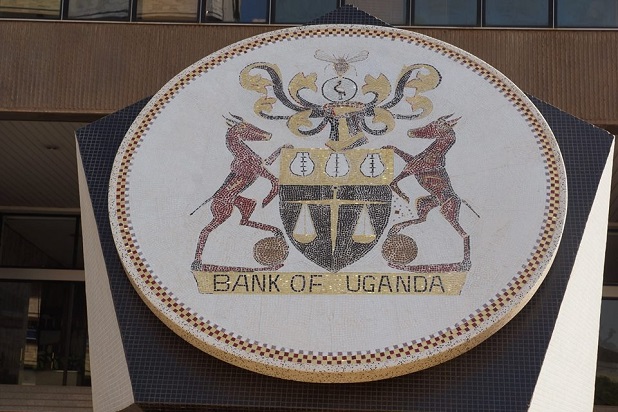Lending activity by the banking institutions supervised by the Bank of Uganda improved in the financial year ending June 2024, with loans growing by 6.8 percent. In total, Shillings 22.6 trillion was lent out to different borrowers over the year, compared to Shillings 21 trillion for the previous year.
It also shows a 6.8 percent growth between the two years, which is higher than the 5 percent previous increase. According to the Bank of Uganda, this was mainly due to an increase in net credit extensions which amounted to Shillings 1.338 trillion for the year ended June 2024, compared to Shillings 650.1 billion for the year ended June 2023.
Net Credit Extension is the change in credit outstanding over a specific period. This growth, however, was still below the long-term trend and projected growth target of 13 percent, which is considered healthy for the industry.
“This moderate growth partly reflects a measured response by the financial institutions and borrowers in adapting to the tight financing conditions during the period,” says the Bank of Uganda in its annual report for the year 2023/2024.
While the economy registered a fast recovery from the effects of COVID-19 after fully reopening in 2022, borrowing is reported to have remained low, with lenders expressing discomfort about the ability of the private sector borrower to pay back. Other analysts say the private sector was also not willing to borrow due to the low economic activity, high interest rates, and high inflation, among other factors.
To fight inflation, the Central Bank has been raising the Central Bank Rate (CBR), which was at 10.25 percent by the end of the financial year (June 2024), a factor that financial institutions have blamed for the high rates. A combination of these facts has led to the banks to increase their lending interest in government rather than the private sector.
It is now estimated that in the first three months of this financial year, the government has already borrowed about 7 trillion shillings through bills and bonds, says Alex Kakande, a financial expert, as the appetite both for the government to borrow domestically, and the banks to lent to the government grows. Ugandan banks pay between 2 and 3 percent per year to depositors, yet at an average interest of 21 percent, they are considered among the most expensive in the world, with neighbors Kenya, Rwanda, and Tanzania lending at between 14 and 17 percent, while in the developed world, interest rates range between 2 and 5 percent per year.
This makes lending in Uganda among the most lucrative in the world with an average margin of 18 percent, compared to the regional neighbors with between 9 and 13 percent margins. “One would naturally assume that these banks, benefiting from affordable deposits, would reciprocate by lowering their lending rates or offering higher interest rates on deposits. Regrettably, this is not the reality in our country. Since January 2023, the average interest rate on loans has persisted at 20 percent, while the average rate on deposits lingers around 2 percent,” says Kakande.
On a positive note, asset quality improved and the aggregate ratio of Non-Performing Loans to total gross loans (NPL ratio) reduced from 5.8 percent as of 30 June 2023 to 4.9 percent as of 30 June 2024. This is because of the declining NPLs across most sectors, notably for business services and real estate. The BOU performance report shows that the outlook for credit conditions is of increased lending and improved asset quality as the effects of monetary policy easing by BOU pass through to the real sector.
–URN





